Creativity in Cinematography: A Tutorial
Introduction to Cinematography
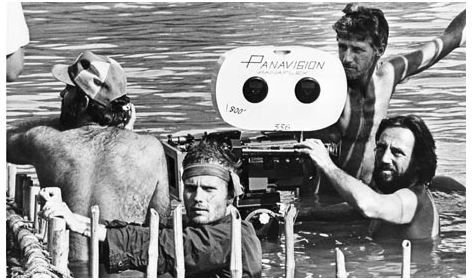
The cinematographer (or DOP, which stands for Director Of Photography) is the person on a film crew whose job it is to compose and light shots, telling the movie’s story through pictures. While big-name directors like Steven Spielberg and Quentin Tarantino are responsible for bringing all the elements - such as acting, script, the flow of images and the production design - into one coherent whole, the cinematographers who work with them are equally renowned within the filmmaking business. Famous cinematographers like Conrad Hall and Vilmos Zsigmond have made a life’s work out of telling stories through visually striking images.
If you’re just starting out in filmmaking, you may be wondering - how do I bring creativity and excitement to the look of my film? The answer is by learning the basics of cretativity in cinematography. Whether you’re making a student film, a home movie or DVD or a documentary, a knowledge of the principles of cinematography will allow you to create shots that will wow the audience.
The cinematographer’s first responsibility should always be to tell the story of the film. The most beautiful shot in the world is useless if it distracts the audience from the story the director and screenwriter have set out to tell. However, with practice and experimentation, you can learn to harness the techniques of the best cinematographers to create images of worth that will draw audiences into the film’s narrative.
Framing The Shot
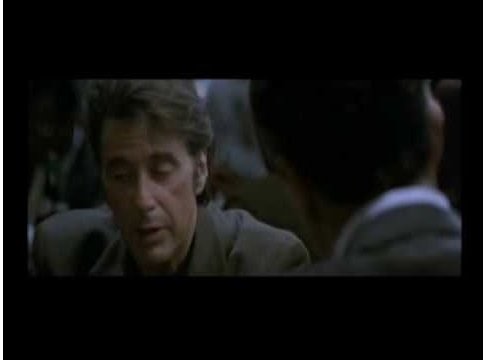
Setting up a shot can be a daunting process. What do you want the shot to communicate? Where to put the camera? How to light the shot? Break the process into simple steps, starting with framing the shot. Once you know where to put the camera in relation to the onscreen action, everything else will start falling into place. The director will probably communicate to you the purpose of the shot as well as where the action will be taking place. It’s then your responsibility to capture the onscreen action.

Your first priority is to make sure the action is captured in such a way that it advances the story: if you were shooting two people having an intimate conversation, for instance, you’d want to come in quite close to capture the emotion on their faces, whereas if you were shooting a running race, you’d want a wide-open shot that communicates the distance between the runners.
Once you have worked out what needs to be communicated, it’s time to start thinking about composing a visually appealing shot. The placement of your actors and actions within the frame can alter the tone of the shot significantly. Placing actors smack in the middle of the shot gives a sense of importance, but if overused, this can be boring. Study the rule of thirds and consider placing your subject off to the left or right of the shot to create more of a sense of pace and harmony in your shots.
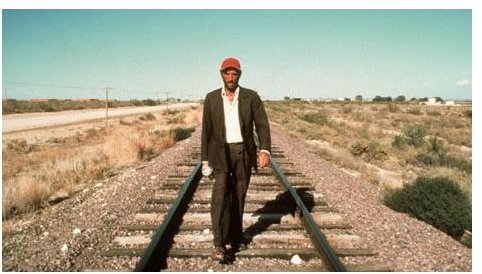
Remember that your frame isn’t just the actors: it’s the background and everything that goes on in it. Try to find shots with a sense of depth, a wide world extending beyond the edges of the frame that your characters offer us a window into.
Lighting and Contrast

Lighting should serve the same purpose as framing: making sure that the action is both clearly visible and visually interesting. The great stills photographer, Ansel Adams, devised a system of what he called “zones” of light level, with Zone 0 being absolute black and Zone X (or 10) being so bright the camera is unable to record information. Ideally, you want your action to fall somewhere in the middle, clearly lit but not over-bright so as to capture everything that’s going on. However, this is not to say that everything in the shot should fall in the middle of the Zone System: contrast and a broad spectrum of light levels is a great way to make a shot visually appealing.
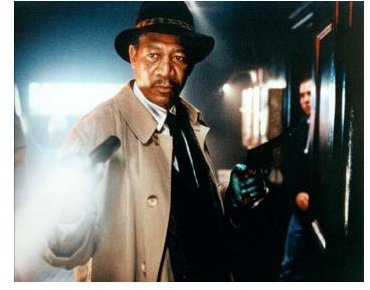
You may not be able to capture images as striking as those of a master like Adams right away, but you can apply the same principles to your work. Find ways to capture areas of bright light and dark shadow into your shots to create vibrant shots for the viewer to explore. Whether in nature or on a set, there are often ways to compose shots so as to capture the blackest darkness, the brightest light and everything in between, and if you work to find them, soon you’ll start seeing them everywhere.
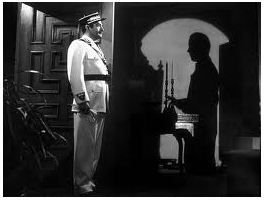
Light can also be used to add shape to a shot. Shadows can be used to create menace, convey onscreen action, or depth to a shot. Curtains, naturally-occurring fog or artificial smoke can all be used to sculpt images from beams of light themselves, giving your shots an otherworldly depth.
Importance of Color
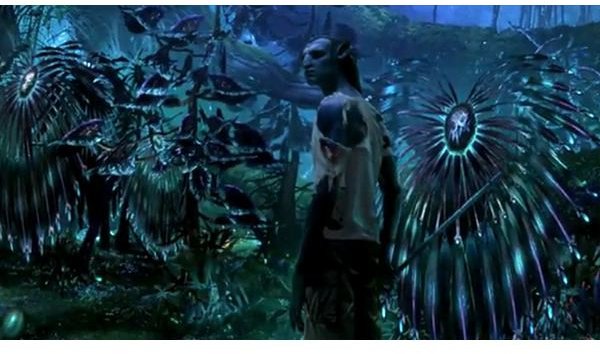
Today’s digital video technology offers the opportunity for cinematographers to get highly creative with color, both on-set and in the editing suite. Use color to communicate emotion and information about the onscreen environment: light or grade a shot in hot red tones to give a sense of fiery heat, or strip all but the coolest blues and greens out of the shot to give a cold, unfriendly feeling. In between are friendlier tones: light or grade a shot in golden yellow light to give a rich sweetness to the action, or use cool deep blues to communicate the mystery and appeal of the ocean or a moonlit night.

If your protagonist is distinguished by a particular color - a red dress, say, or a cool dark suit - the colors you fill the frame with can affect how we see them within their environment. Fill the shot with objects and lighting similar to the protagonist to create a feeling of them “blending in” or being “at home” in their surroundings, or light the shot in colors opposite to the protagonist’s garb to have them stand out and draw the audience’s attention to them and their actions.
 As with light and shadow, try to create shots with a wide range of complementary colors. Audiences are drawn into shots that offer plenty of variety, so give them a rich breadth of colors to look at without saturating your shots with so much variation that they become chaotic or messy.
As with light and shadow, try to create shots with a wide range of complementary colors. Audiences are drawn into shots that offer plenty of variety, so give them a rich breadth of colors to look at without saturating your shots with so much variation that they become chaotic or messy.
If you have a lighting crew and equipment at your disposal, try to create the look you want on-set, rather than trusting the editor to “fix it in post.” The better a look you are able to create on the day, the better still it can be made to look in post-production.